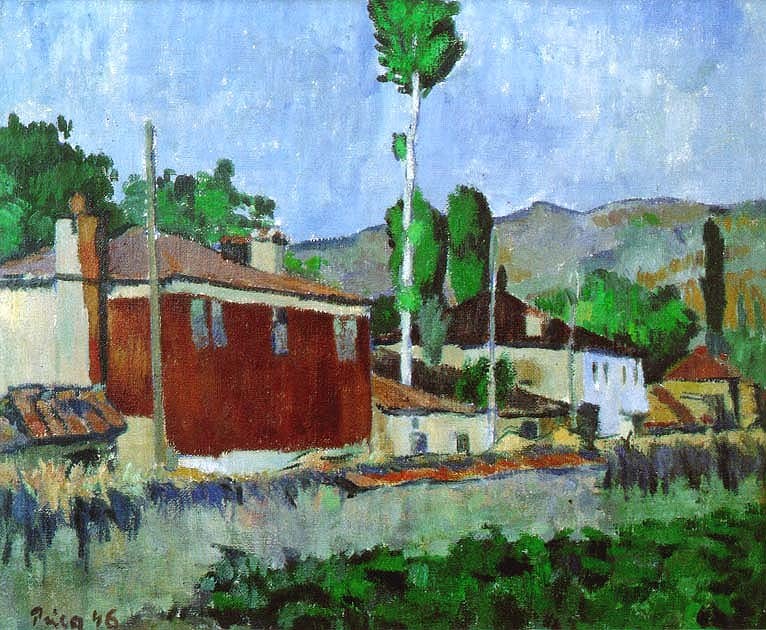Born in Pechuh, Hungary on 26.06.1916, died in Rijeka, Croatia. In 1922 he moved to Samobor, Croatia, and later to Zagreb where he enrolled at the Academy of Fine Arts. He graduated in 1940 in class of Ljubo Babić. His first one-man exhibition was held in 1941 in the Art Pavilion in Zagreb just before the war started in Yugoslavia. His early works were influenced by postimpressionism, dominated mainly by bright colors. That same year he was arrested by Ustasha members and imprisoned in the camp “Danica” near Koprivnica. After his release in 1943 he took his painting tools and joined the Partisans where with his colleague Edo Murtić made graphic illustrations for the soul stirring poem Jama (“The Pit”) written by Ivan Goran Kovačić. In the post war period, the themes of his paintings are mostly realistic. In the following years he acquired precious experiences on his travels to Парис (1948), India (1952) and Brazil. Starting in the mid 1950s, Prica resorts to principles of painting based on the horizontal and the vertical axis, forms are relying on the synthesis of color and drawings which are more animated and complex. Some of his works represent so called associative abstraction, although he will always resort to figurative painting. At the end of the 1970/80s, Prica’s paintings reflect a certain influences of trans-vanguard tendencies.
Zlatko Prica visited Macedonia in 1946 where he produced at least the painting “Houses in Ohrid 1946”, which is in the collection of the family of the painter and published on the web page: www.zlatko-prica.com.
